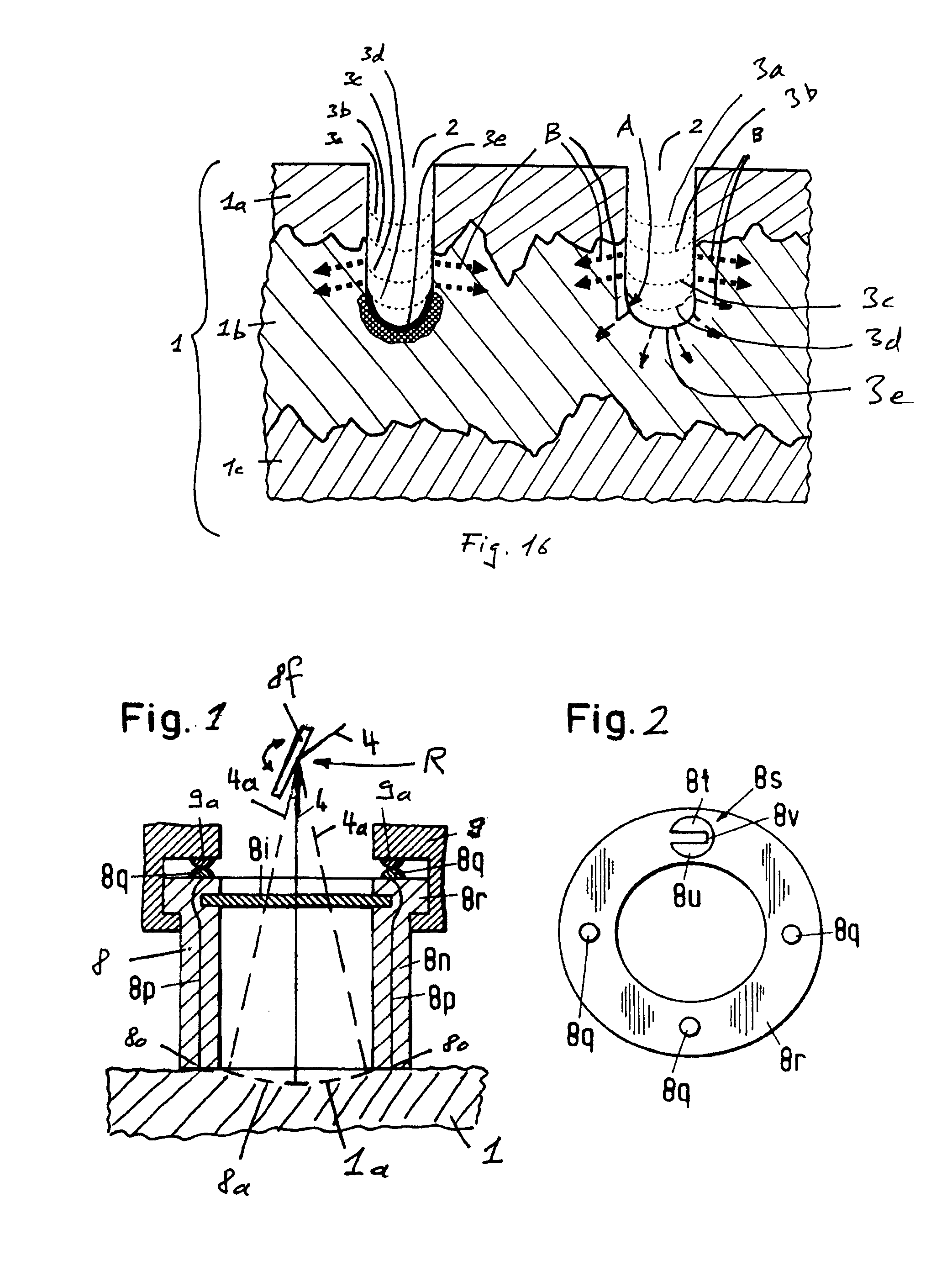Wide-Area Parasystemic Treatment of Skin Related Conditions
a parasystemic treatment and wide-area technology, applied in the field of wide-area parasystemic treatment of skin related conditions, can solve the problem that drugs applied to the micropore walls will not readily migrate into the circulation, and achieve the effect of safe and effective application to a large area of skin
- Summary
- Abstract
- Description
- Claims
- Application Information
AI Technical Summary
Benefits of technology
Problems solved by technology
Method used
Image
Examples
Embodiment Construction
Treatment of Rejection
[0078]In one non-limiting example, it is contemplated that a patient receives after bilateral hand transplantation alemtuzumab (2×20 mg) for induction therapy. Prophylactic immunosuppression preferably includes administration of tacrolimus, mycophenolate mofetil, and steroids, typically at an initial dosage of 500 mg with a rapid taper to 5 mg maintenance therapy. Tacrolimus is administered at two daily oral doses to achieve trough levels of 15-20 ng / ml early after transplantation and is subsequently tapered to 10 ng / ml.
[0079]The patient is then monitored for signs and symptoms of rejection and treatment modified as appropriate. For example, a first rejection episode may be observed at two months after transplantation, with lesions being restricted to the dorsal side of the hand and spreading over an area of approximately 12-15 cm2. Conventional treatment would typically employ systemic administration of bolused steroids together with an increase of maintenance...
PUM
 Login to View More
Login to View More Abstract
Description
Claims
Application Information
 Login to View More
Login to View More - R&D
- Intellectual Property
- Life Sciences
- Materials
- Tech Scout
- Unparalleled Data Quality
- Higher Quality Content
- 60% Fewer Hallucinations
Browse by: Latest US Patents, China's latest patents, Technical Efficacy Thesaurus, Application Domain, Technology Topic, Popular Technical Reports.
© 2025 PatSnap. All rights reserved.Legal|Privacy policy|Modern Slavery Act Transparency Statement|Sitemap|About US| Contact US: help@patsnap.com



